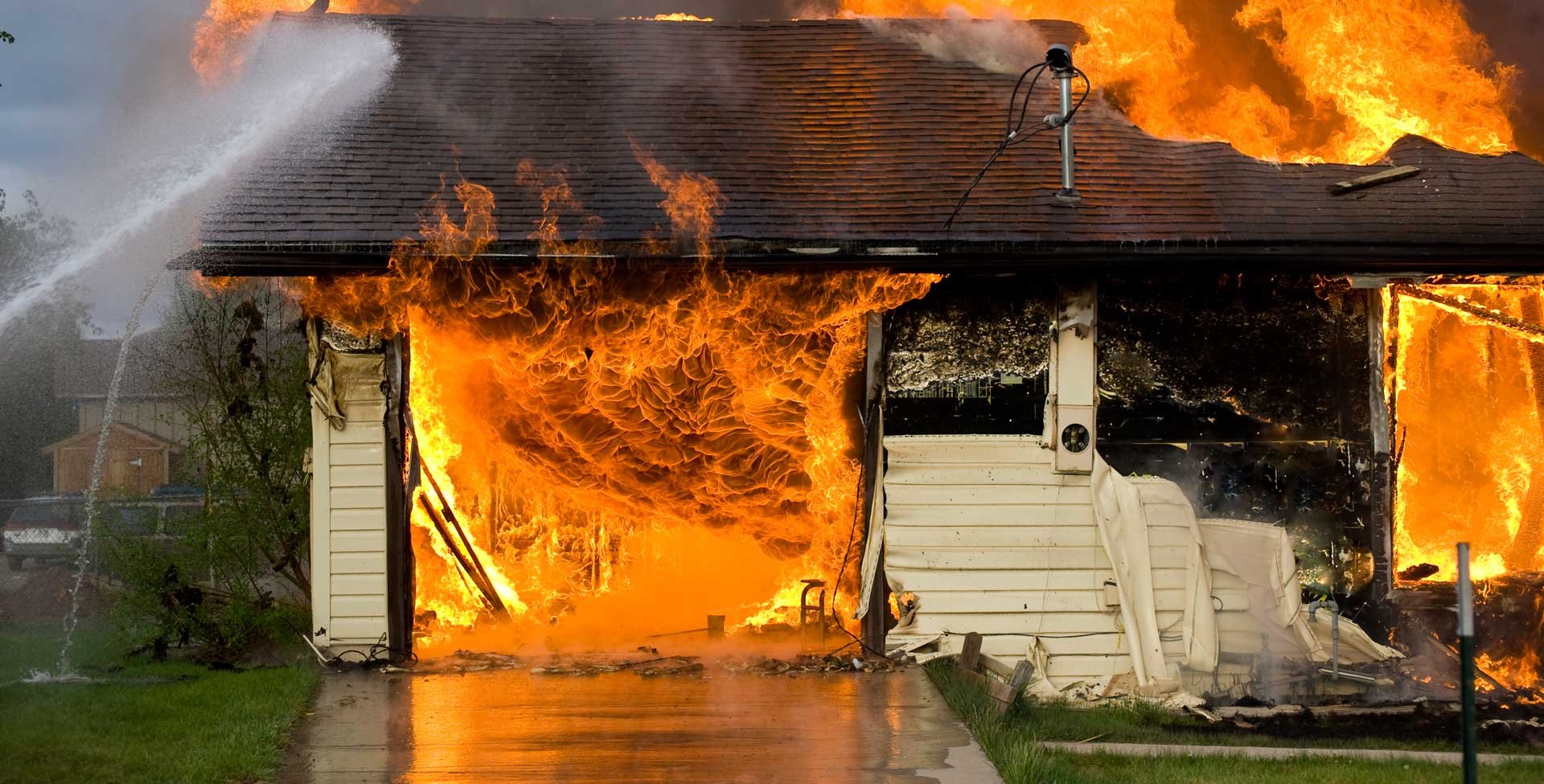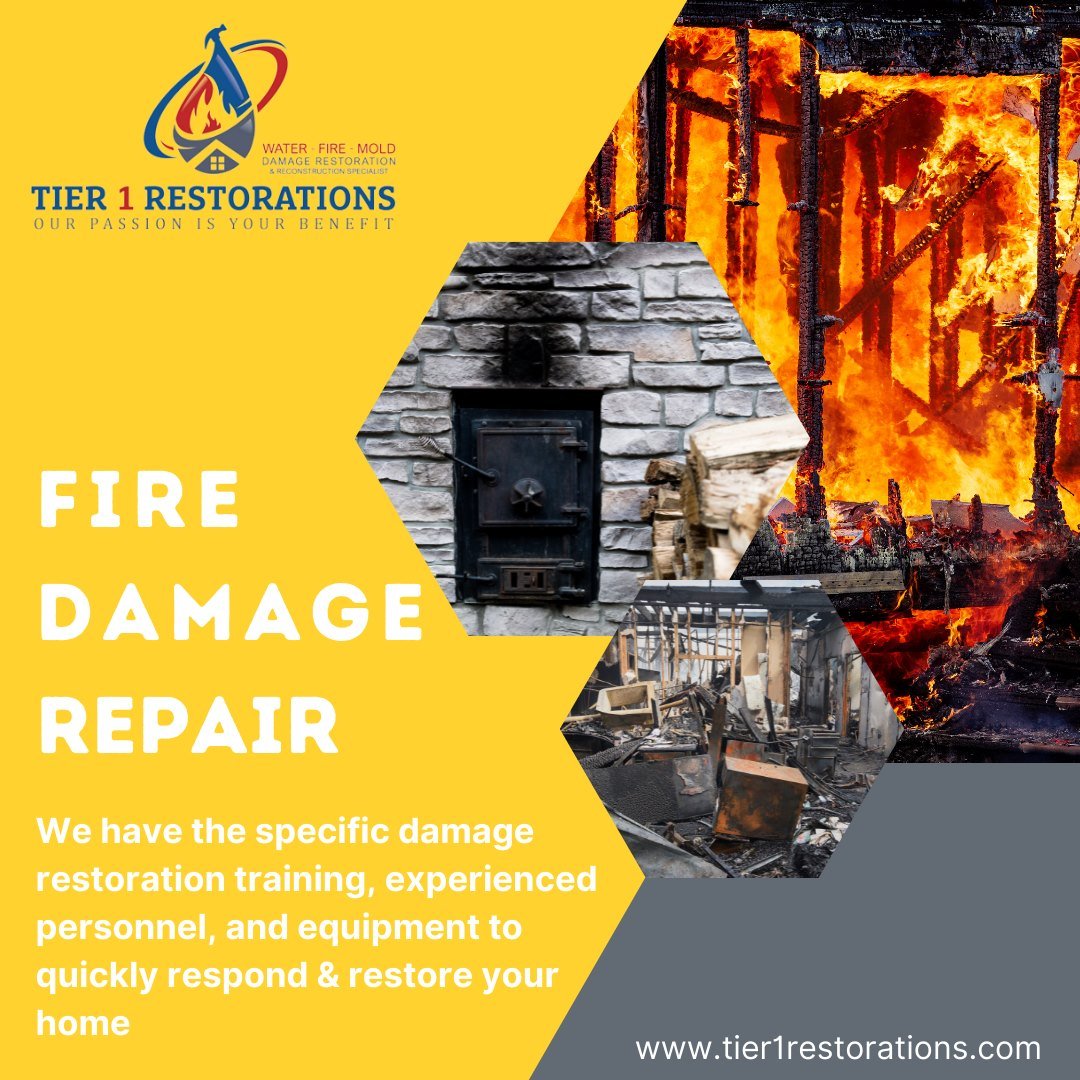Dry Star Restoration - An Overview
Table of ContentsThe Basic Principles Of Dry Star Restoration The Buzz on Dry Star RestorationIndicators on Dry Star Restoration You Need To KnowSome Ideas on Dry Star Restoration You Need To KnowFacts About Dry Star Restoration Uncovered
Particularly in wintertime, home heating systems are a typical fire threat. Damaged electrical wiring or putting heaters also close to combustible materials like drapes can stir up a fire.
Products like motor oil or cleaning liquids can stir up under certain problems. Always store these products effectively and away from heat resources. fire damage restoration company. Statistics: According to the National Fire Defense Organization, household chemicals are in charge of a noteworthy percent of home fires each year. By knowing these common causes, you can take steps to make your home more secure.
About Dry Star Restoration

Trick issues include: Water Breach: Water can leak right into walls, floorings, and furniture. This can compromise the structural integrity of your home. Mold Growth: If water is moist promptly, mold and mildew can begin to expand within 24-48 hours. Mold and mildew can create wellness issues and further damage to your residential or commercial property. Structural Weakening: Water can deteriorate wooden structures and trigger steel components to corrosion, making your home unsafe.
Next off, we will certainly dive into the steps involved in the fire damages restoration process. Fire reconstruction is the procedure of cleaning, fixing, and recovering a building that has been harmed by fire.
The 3-Minute Rule for Dry Star Restoration
Debris Removal and Demolition: Harmed products are safely eliminated, and any kind of dangerous compounds like asbestos are taken care of appropriately. Cleaning up and Purification: Residue and smoke smells are eliminated utilizing specific devices and therapies. Repair and Services: Finally, the building is rebuilt and brought back, including structural repairs and interior repair - water remediation services. Fire damages encompasses numerous sorts of harm to a home: Physical Damages: This includes charring, blackening, and disintegration of materials directly affected by the fire.
Water Damage: Water used to snuff out the fire can lead to structural weakening and mold and mildew development if not properly taken care of. Fire repair experts use specialized strategies and devices to deal with all these kinds of damage, guaranteeing the building is risk-free and livable when again. Next, we will certainly study the steps involved in the fire damages restoration process.
From advanced water removal equipment to specialized tools for smoke and soot removal, we have actually the resources required to recover your home to its pre-loss condition. Our techniques are made to be comprehensive and efficient, lessening further damage and speeding up the recuperation process. Our team contains licensed professionals that are experts in fire damages restoration.
The Ultimate Guide To Dry Star Restoration
Their competence makes sure that every task is done right, providing you with tranquility of mind during a hard time. If you need fire damages repair solutions, don't wait to call us. We're here to aid you restore your home and your life after the fire. Last modified on 15th of July 2024.
(https://pxhere.com/en/photographer/4469720)If there's a fire, smoke makes certain to follow. While the fire's smoke is made up of aspects that make your home hazardous to be in, the damages smoke leaves behind does not quit there. Smoke will certainly float to apparently find every component of your home, adhering to furniture, decoration, drapes, wall surfaces, ceilings, floorings, and more.
The water will soak into the charred materials and spread to various other areas of the home untouched by the fire. If left uncontrolled or missed out on throughout fire damage repair, the water damage will only intensify with time and can cause mold growth, security problems for your home's framework, and undesirable looks around your space, including warped flooring, peeling paint, and visible stains.
The Greatest Guide To Dry Star Restoration
Water mitigation is usually the initial step of the fire, smoke, and water damage restoration procedure after a damage control has been completed. This attends to the water damages head-on and consists of actions to protect against additional troubles for your space before, throughout, and after repair. Assessment and damage analysis to assess the degree of water damageIsolation of water damage to influenced areas to ban water from spreading out to dry areasInspection of your home's structure for structural stabilityExtraction of any standing water from the propertyStructural drying with commercial-grade equipmentSite cleaning that will remove debris, pack out salvageable web content for repair, and make way for restoration servicesWe'll additionally complete extra damages mitigation by boarding up damaged home windows and doors, applying tarpaulins to holes in roofs, and completing various other actions to avoid extra damages and threats to your home while the repair services are taking area.
Most terms and descriptions utilized by water and fire damages remediation professionals are rather self-explanatory. Nonetheless, the list of terms listed below should be helpful when you're interacting with the business you've employed. Any action taken to protect against the development and spreading of fungus, mold, mildew, and spores. This can include making use of solvents or chemicals as ingredients or obstacles on building materials to stop fungus growth.